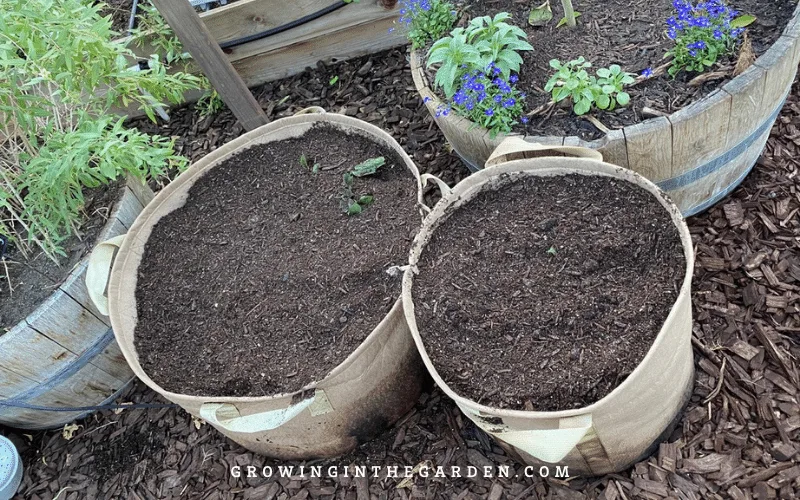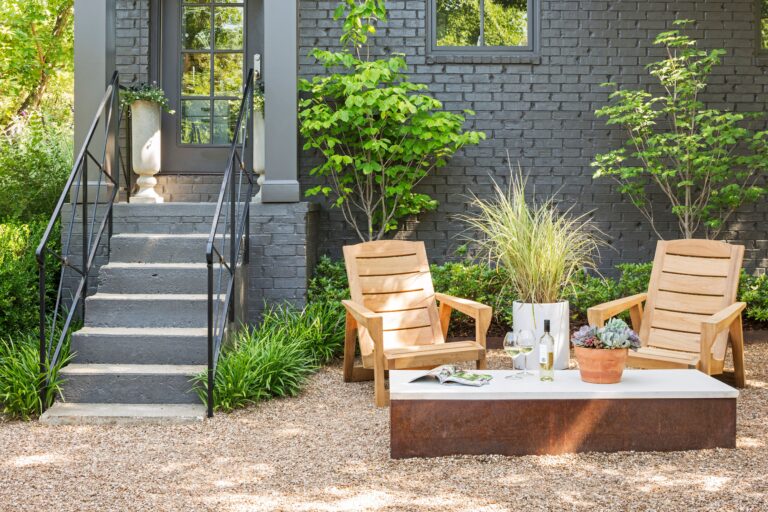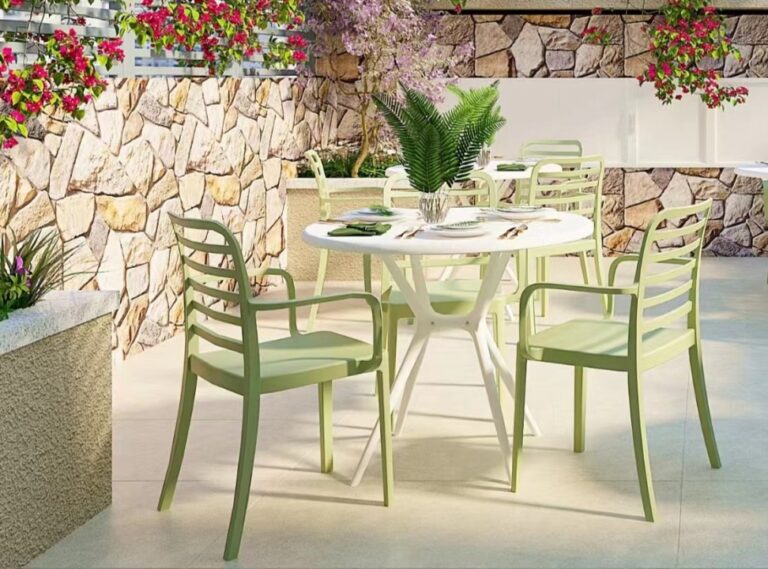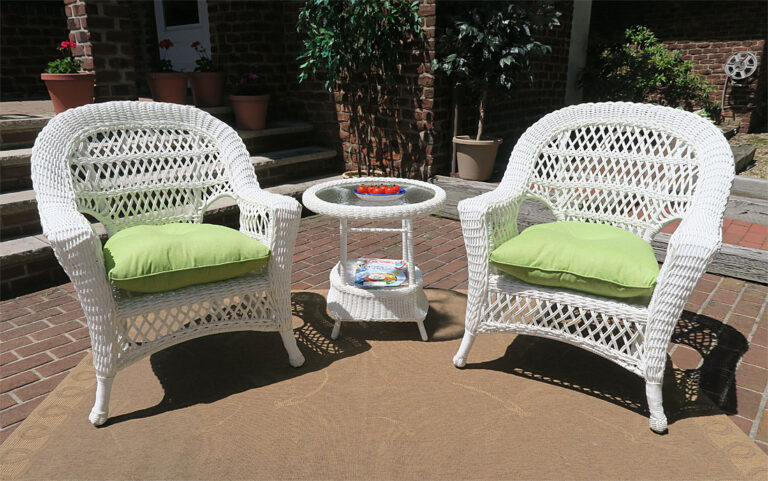How to Grow a Lush and Productive Patio Garden Grow Bags
Do you love gardening but have limited space or soil? Do you want to grow your own vegetables, herbs, flowers, or fruits on your patio, balcony, or terrace? If so, you might want to try patio garden grow bags, a smart and easy solution for patio gardening.
Grow bags are flexible containers made of fabric, plastic, or other materials that can hold potting mix and plants. They are ideal for patio gardening because they offer many advantages over traditional pots or raised beds, such as improved drainage, aeration, root health, portability, and durability.

In this article, we will show you how to grow a lush and productive patio garden with grow bags, from choosing the right ones to planting and caring for your crops.
Choosing the Right Patio Garden Grow Bags
Grow bags come in different types, sizes, and shapes, so you need to choose the ones that suit your patio garden and the plants you want to grow. Here are some factors to consider when choosing grow bags:
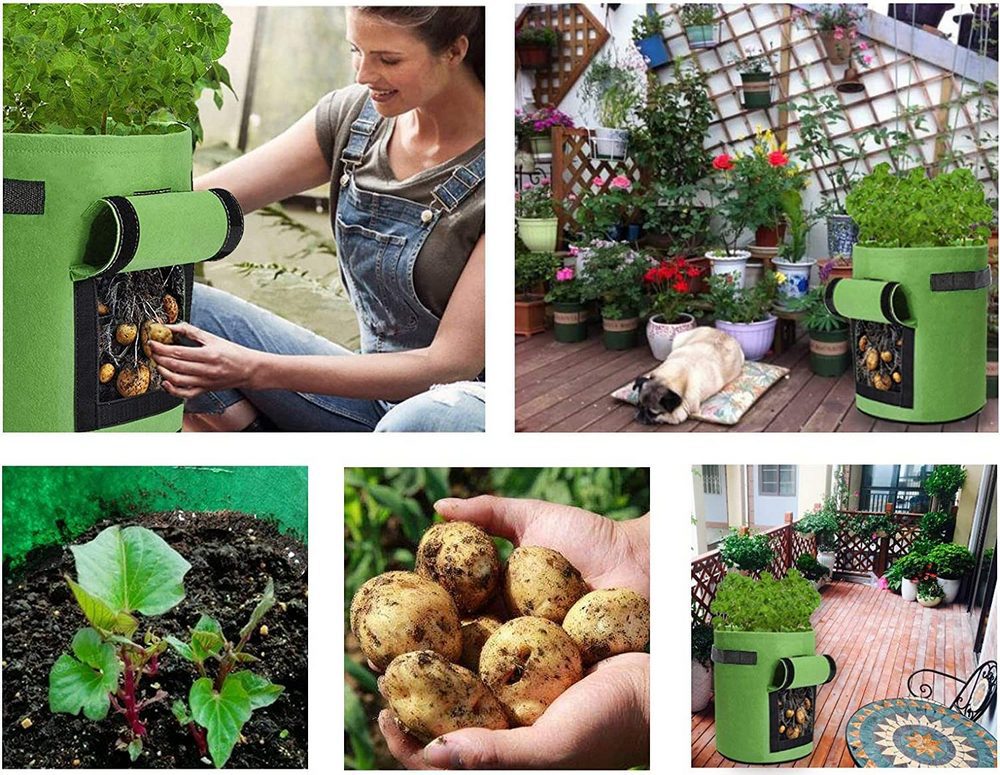
- Type: Grow bags can be made of various materials, such as fabric, plastic, or coco coir. Each type has its advantages and disadvantages, depending on your preferences and needs. For example, fabric grow bags are breathable and prevent root circling, but they may dry out faster and require more frequent watering. Plastic grow bags are cheaper and more durable, but they may retain excess moisture and heat, which can harm the plants. Coco coir grow bags are biodegradable and eco-friendly, but they may be more expensive and less stable than other types.
- Size: Grow bags come in various sizes, ranging from 1 gallon to 100 gallons or more. The size of the grow bag determines how much soil and water it can hold, as well as how many and what kind of plants you can grow in it. Generally, you should choose a grow bag that is large enough to accommodate the root system and the mature size of the plant but not too large that it wastes space and resources. For example, you can grow lettuce, spinach, or herbs in a 1- or 2-gallon grow bag, but you will need a 5- or 10-gallon grow bag for tomatoes, peppers, or potatoes.
- Shape: Grow bags can have different shapes, such as round, square, rectangular, or cylindrical. The shape of the grow bag affects how you can arrange them on your patio, as well as how the plants grow in them. For example, round-grow bags are more flexible and can fit in any corner, but they may leave gaps between them. Square or rectangular grow bags are more efficient and can be placed side by side, but they may limit the airflow and drainage around the edges. Cylindrical grow bags are specially designed for growing potatoes, as they allow you to add more soil as the plants grow and harvest them easily.
To help you choose the right grow bags for your patio garden, here are some of the best grow bags on the market based on quality, size, price, and customer reviews:
VIVOSUN 5-Pack 5 Gallon Heavy Duty Thickened Nonwoven Fabric Pots with Handles:
These fabric grow bags are durable, breathable, and reusable, with reinforced handles for easy moving. They are suitable for growing most vegetables, fruits, and flowers, and they come in a pack of five for a reasonable price.

Fill the grow bags with potting mix:
The next step is to fill your grow bags with the appropriate potting mix for your plants. You can use a ready-made potting mix from a garden center, or you can make your own by mixing organic matter, such as compost, peat moss, or coco coir, with perlite, vermiculite, or sand. The potting mix should be loose, fluffy, and well-draining, as well as rich in nutrients and moisture. You should fill the grow bags about two-thirds full, leaving some space at the top for watering and mulching.

JERIA 12-Pack 3 Gallon Vegetable/Flower/Plant Grow Bags, Aeration Fabric Pots with Handles:
These fabric grow bags are perfect for growing smaller plants, such as lettuce, spinach, herbs, or flowers. They are also durable, breathable, and reusable, with convenient handles for easy carrying. They come in a pack of 12 for a low price, and they have a colorful and attractive design.

Preparing the Grow Bags and the Soil
Once you have chosen the right grow bags for your patio garden, you need to prepare them and the soil before planting. Here are some steps to follow:
Set up the grow bags:
Choose a sunny spot on your patio where you want to place your grow bags and make sure they have enough space and support. You can also use a tray, a stand, or a rack to elevate them and prevent them from touching the ground. If your grow bags do not have drainage holes, you can make some yourself by poking or cutting the bottom of the bags. This will help the excess water to drain out and prevent root rot.
Fill the grow bags with potting mix:
The next step is to fill your grow bags with the appropriate potting mix for your plants. You can use a ready-made potting mix from a garden center, or you can make your own by mixing organic matter, such as compost, peat moss, or coco coir, with perlite, vermiculite, or sand. The potting mix should be loose, fluffy, and well-draining, as well as rich in nutrients and moisture. You should fill the grow bags about two-thirds full, leaving some space at the top for watering and mulching.
Enrich the soil:
To boost the fertility and health of your soil, you can add some organic amendments, such as compost, worm castings, or fertilizer. Compost is a decomposed organic matter that adds nutrients, moisture, and beneficial microorganisms to the soil. Worm castings are the excrements of earthworms that also enrich the soil with nutrients, enzymes, and hormones.
Fertilizer is a substance that provides specific nutrients, such as nitrogen, phosphorus, and potassium, to plants. You can use a granular, liquid, or slow-release fertilizer, depending on your preference and needs. You should follow the instructions on the package or label for the amount and frequency of application.
Choose the best plants for growing bags.
You can grow almost any plant in grow bags as long as you choose the right size and type of bag for them. However, some plants, such as vegetables, herbs, flowers, and fruits, are more suitable and easier to grow in grow bags than others. Some of the best plants to grow in grow bags are:

Tomatoes:
Tomatoes are one of the most popular and rewarding plants to grow in grow bags, as they produce abundant and delicious fruits. You can choose from different varieties of tomatoes, such as cherry, grape, beefsteak, or Roma, depending on your taste and preference.
You should use a large and deep grow bag, such as a 5- or 10-gallon one, for each tomato plant, and insert a stake or a cage to support the plant as it grows. You should also prune the lower leaves and suckers to improve the airflow and prevent diseases.

Potatoes:
Potatoes are another easy and fun plant to grow in grow bags, as they do not require much space or care. You can grow potatoes from seed potatoes, which are small potatoes with eyes or sprouts. You should use a cylindrical grow bag, such as a 10- or 15-gallon one, for each potato plant and fill it with a few inches of soil.
You should then place the seed potatoes on top of the soil, with the eyes facing up, and cover them with more soil. As the plants grow, you should add more soil to cover the stems and leaves, leaving only the top part exposed.

This will encourage the formation of more potatoes. When the plants flower and die back, you can harvest your potatoes by dumping the grow bag and sorting through the soil.
Lettuce:
Lettuce is a fast and easy plant to grow in grow bags, as it does not need much heat or light. You can grow lettuce from seeds or transplants, and you can choose from different types of lettuce, such as leaf, romaine, or iceberg.
You should use a shallow and wide grow bag, such as a 1- or 2-gallon one, for each lettuce plant and fill it with light and moist soil. You should then sow the seeds or plant the transplants about an inch deep and a few inches apart.

You should keep the soil moist but not soggy and harvest the lettuce when it reaches the desired size. You can either cut the whole head or pick the outer leaves.
Basil:
Basil is a fragrant and flavorful herb that can enhance any dish. You can grow basil from seeds or cuttings, and you can choose from different varieties of basil, such as sweet, lemon, or Thai.
You should use a small and shallow grow bag, such as a 1-gallon one, for each basil plant and fill it with rich and well-draining soil. You should then sow the seeds or plant the cuttings about a quarter inch deep and a few inches apart.

Common Problems and Solutions for Patio Gardening with Grow Bags
Patio gardening with grow bags is generally easy and rewarding, but you may encounter some challenges and issues along the way. Here are some of the most common problems and solutions for patio gardening with grow bags:

- Pests: Pests are unwanted insects or animals that can damage or destroy your plants. Some of the most common pests that attack patio gardens are aphids, spider mites, whiteflies, caterpillars, and slugs. To prevent and control pests, you can use some natural methods, such as spraying your plants with water, soap, or neem oil, introducing beneficial insects, such as ladybugs or lacewings, or using physical barriers, such as netting or copper tape. You can also use organic or synthetic pesticides, but be careful to follow the instructions and avoid harming the environment or yourself.
- Diseases: Diseases are disorders or infections that can affect the health and growth of your plants. Some of the most common diseases that affect patio gardens are powdery mildew, blight, wilt, and rot. To prevent and treat diseases, you can use some cultural practices, such as choosing disease-resistant varieties, rotating your crops, removing infected plants or parts, and sanitizing your tools and grow bags. You can also use organic or synthetic fungicides, but be careful to follow the instructions and avoid harming the environment or yourself.
- Temperature fluctuations: Temperature fluctuations are changes in the ambient temperature that can stress or harm your plants. Grow bags are more exposed to temperature fluctuations than pots or beds, as they have less insulation and more surface area. To protect your plants from temperature fluctuations, you can use some strategies, such as choosing plants that are suitable for your climate zone, moving your grow bags to a sheltered or shaded spot, covering your plants with a frost cloth or a plastic sheet, or adding mulch or compost to the soil.
Final Analysis
Patio gardening grow bags are a simple and versatile way to enjoy fresh and healthy produce at home. Grow bags are flexible containers that can hold potting mix and plants, and they offer many benefits over traditional pots or beds, such as improved drainage, aeration, root health, portability, and durability.
You can grow almost any plant in grow bags as long as you choose the right size and type of bag for them. You can also prepare and care for your patio garden with grow bags by following some basic steps and tips.
We hope this article has inspired you to try patio gardening with grow bags and to discover the joys and rewards of growing your own food. If you have any feedback, questions, or tips, please share them in the comments section below. Happy gardening!
Disclosure: Our blog contains affiliate links to products. We may receive a commission for purchases made through these links. However, this does not impact our reviews and comparisons. We try our best to keep things fair and balanced, in order to help you make the best choice for you.



